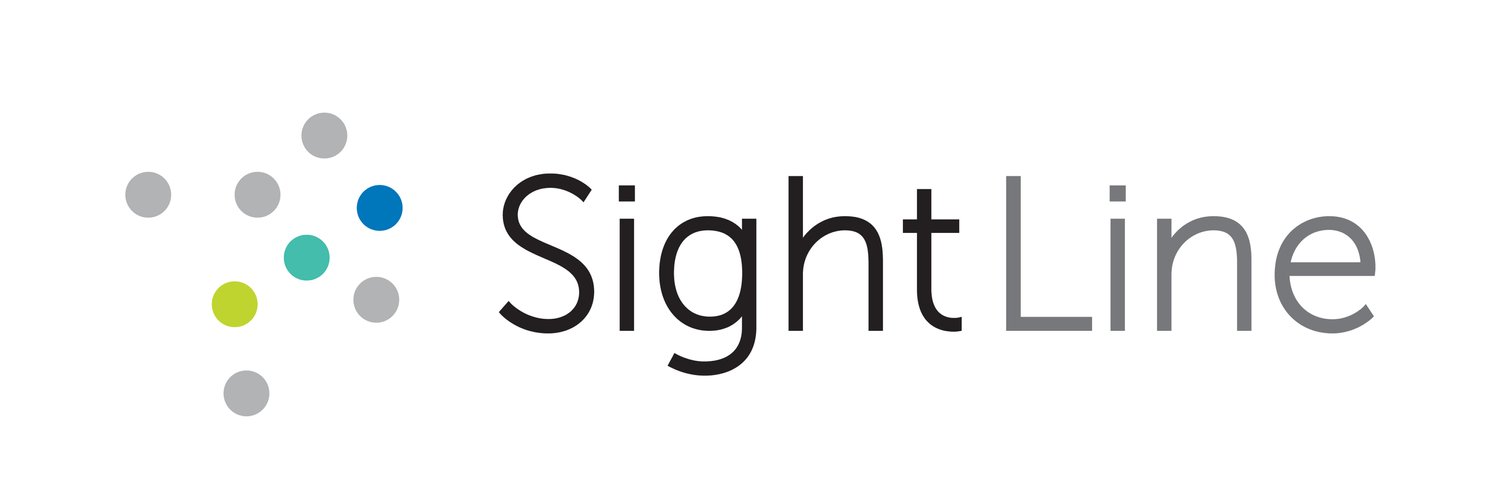Financial Aid Optimization Analysis Reveals Increased Student Price Sensitivity Year over Year
Each year, SightLine uses student application, financial aid, demographic, and census level data to optimize new scholarship offers for the following enrollment cycle with our university customers. During this process, we compare student enrollment behavior from the most recently completed enrollment cycle to the prior enrollment cycle. Earlier this year we analyzed the fall 2023 enrollment outcomes in comparison to fall 2022 enrollment and most of our findings were consistent across all our customers indicating changing market conditions.
Typically, the most significant predictor of enrollment is a student’s individual out-of-pocket cost, or direct costs. This article explores the comparison of out-of-pocket costs to students on enrollment outcomes from 2022 to 2023, demonstrating an increase in price sensitivity among students. Ultimately this highlights the rising concern about college affordability and its impact on enrollment decisions.
Background
In recent years, higher education costs have steadily increased, leading to greater financial burdens on students and their families. This trend has been accompanied by fluctuations in student enrollment rates, with many institutions facing declining numbers. The rising tuition, fees, and associated expenses have made affordability a central issue in the higher education landscape.
Understanding price sensitivity—the degree to which the net cost of education influences students' enrollment decisions—is crucial for colleges and universities. As students become more sensitive to costs, on average their likelihood of enrolling decreases when faced with higher out-of-pocket expenses. This understanding helps institutions develop strategies to attract and retain students despite rising costs. Particularly by developing targeted strategic awards that fit your institution’s mission and brand.
SightLine’s Data and Methodology
SightLine uses institutional, individual student level data, to develop and validate new enrollment models for our customers annually. To understand the impact of each important variable on student enrollment behavior, we visualize enrollment probability curves. For these figures (below), we plot the enrollment probability for each student versus the predictive variable of interest. We do this each year to understand how enrollment behaviors are changing, which is particularly important with changing market behaviors and economic conditions.
Findings: Out-of-Pocket Costs and Enrollment in 2022
The following figure is from a typical university that we work with demonstrating the impact of out-of-pocket costs, or direct costs, on individual student enrollment. At this institution, students with greater than a $30,000 direct cost are out-of-state students, and typically have lower enrollment rates compared to in-state students. There are some in-state students that pay full price, or close to full price. Depending on additional factors, their probability of enrolling varies with some still having greater than a 50% likelihood of enrolling. As the out-of-pocket cost decreases, on average the probability of enrolling increases.
The green circles below indicate sections of the enrollment probability curve that changed from the 2022 class to the 2023 incoming class as shown in the following section.
Fall 2022 enrollment probabilities versus student direct costs.
Findings: Out-of-Pocket Costs and Enrollment in 2023
The same analysis applied to the fall 2023 incoming class revealed that the average probability of enrollment for in-state students decreased. The shift in the curve is relatively small, but when it impacts a majority of the students, this is a significant change. This is a result that we found across all our customers this year. Granted it is a small sample size, it may support our understanding that college costs and economic factors are a growing concern for students and families.
Fall 2023 enrollment probabilities versus student direct costs.
The Silver Lining – Increased Overall Enrollment
In the enrollment probability curve above for the fall 2023 incoming class, we circled a segment of students that have high enrollment probabilities compared to the average student. There were more students with these high enrollment probabilities in fall 2023 compared to fall 2022. To achieve this for the 2023 cycle, we worked with the institution to develop targeted scholarships for students that may be the most financial underserved or fit the institution’s brand and mission. We developed a targeted scholarship program for out-of-state students, reducing the average out-of-pocket cost for students that otherwise would not consider enrolling at this institution.
As a result of this targeted effort, the intuition’s enrollment increased by almost 60 students year over year, despite the lower shift in the overall enrollment probability curve.
Conclusion
We believe that this shift in the enrollment probability curve relative to student out-of-pocket costs indicates increasing student price sensitivity. This is a key finding that we are going to continue monitoring closely when fall 2024 student enrollment is confirmed. This highlights the need to develop strategic awards that target the most financially underserved and the most convertible student segments.
To learn more about SightLine’s process and how we are supporting institutions to grow enrollment and net revenue despite difficult market conditions, visit our resources pages to read our whitepapers and case studies or reach out for an intro call with one of our data scientists at info@sightlinedata.com.


